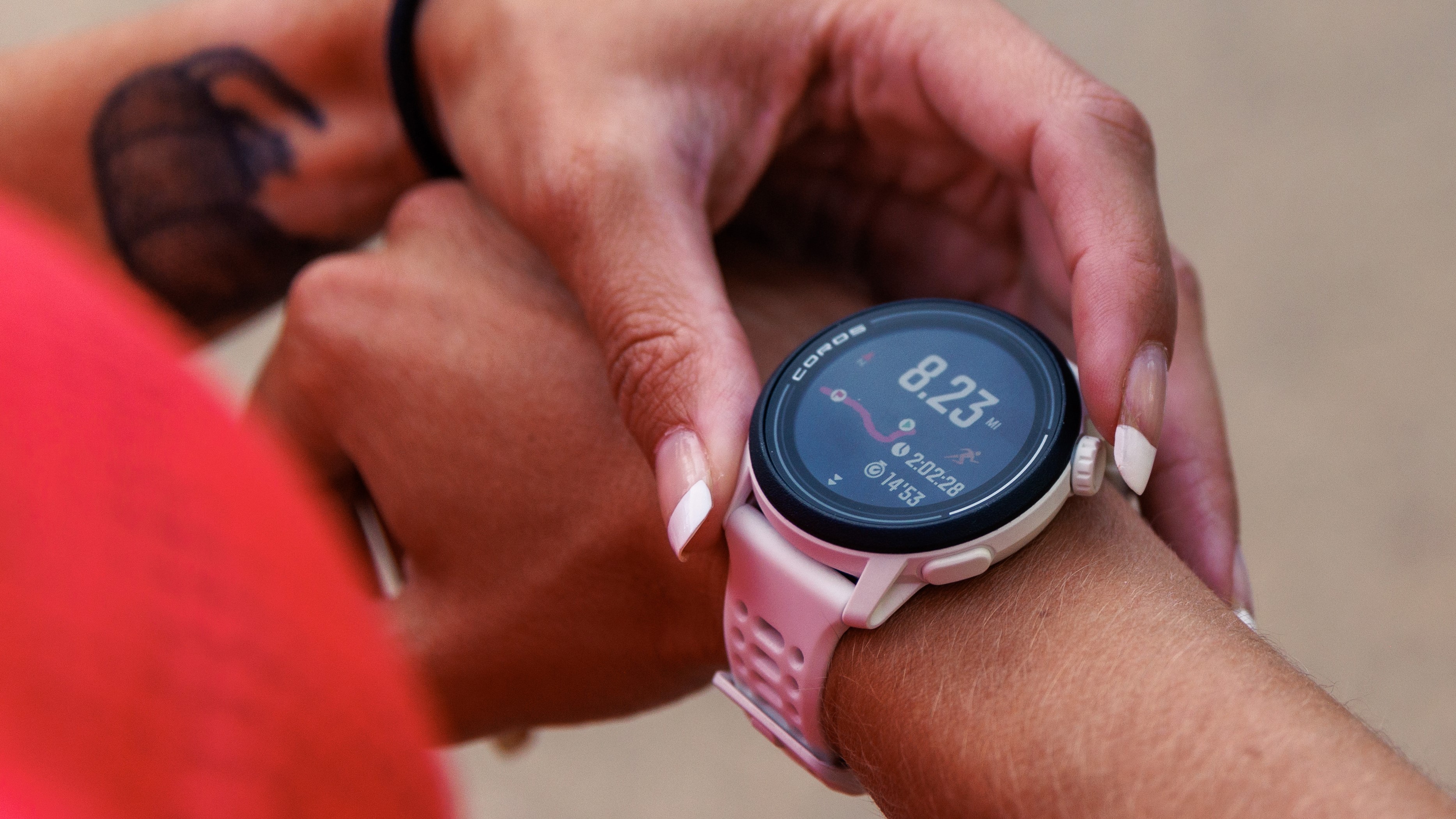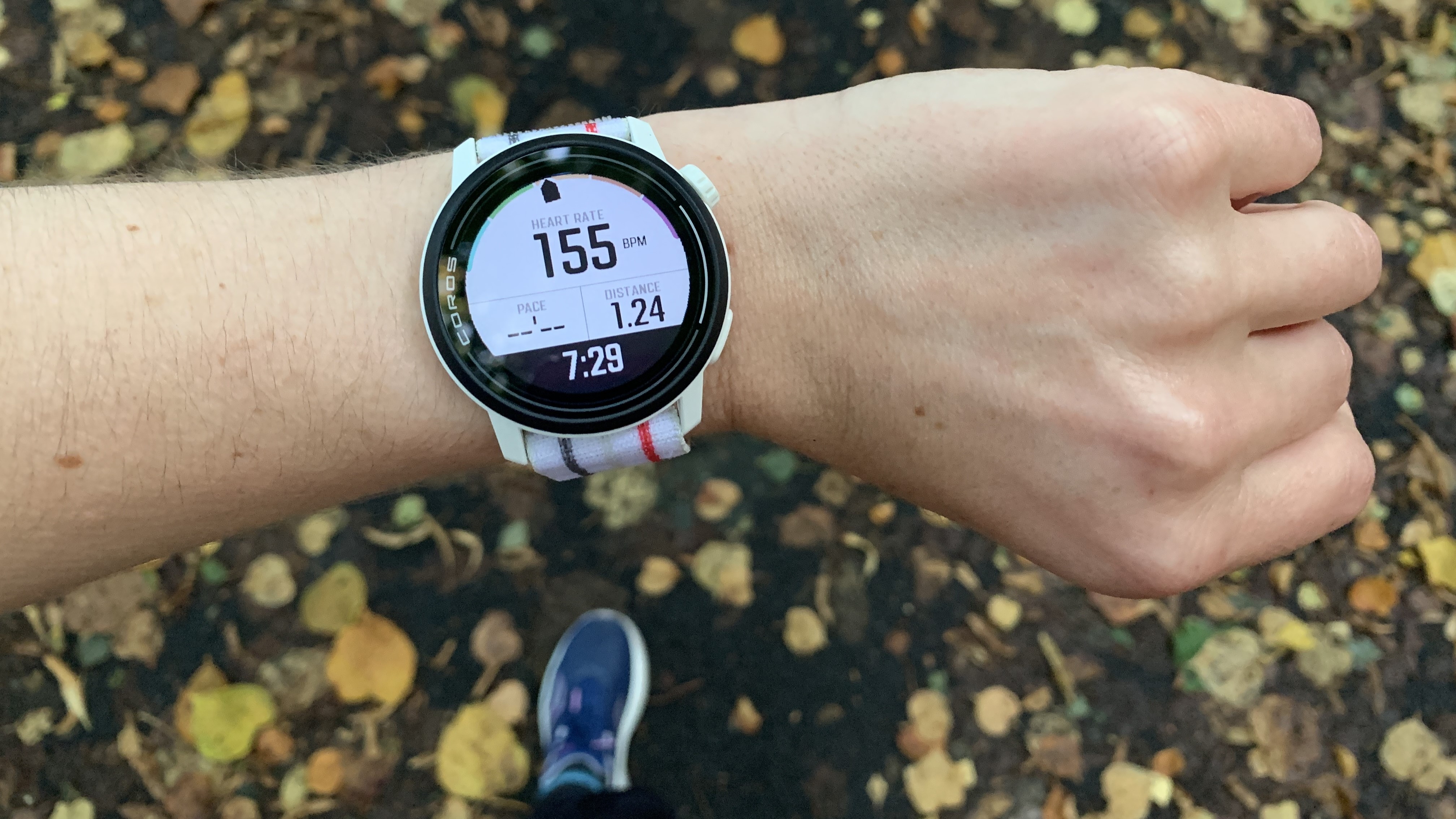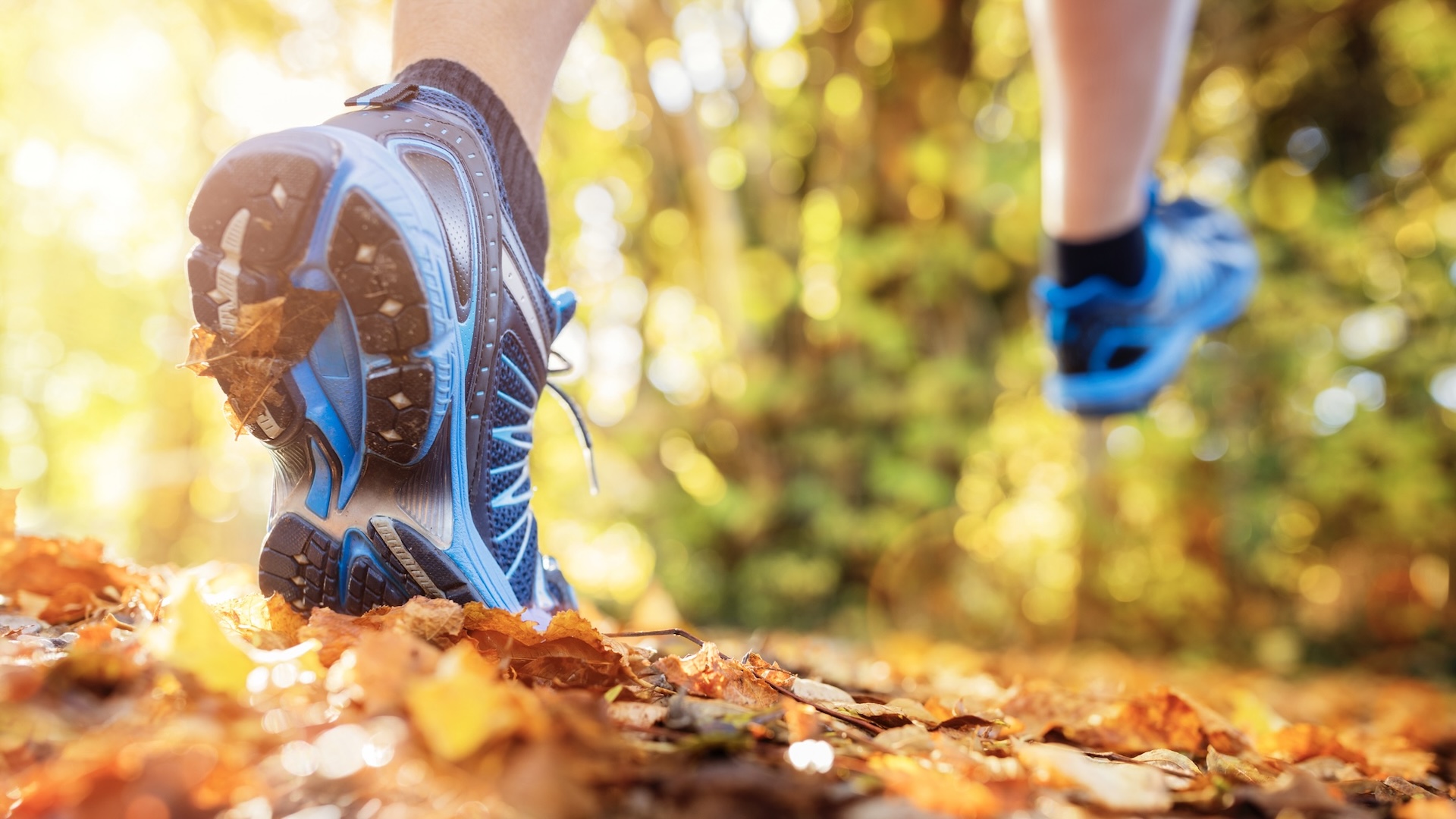
I’ve never been at the forefront of technological advances. I didn’t set eyes on the World Wide Web until I started university and when everyone else was getting their second iPhone, I was still dialing friends up from my Samsung flip. I’m not against technology in the slightest, I’m just always late to the party because I’m usually out on a mountain marveling at nature.
A year ago, long after most people had subscribed to the sports watch trend, I finally got my hands on my first GPS watch. I had loads of friends who extolled the benefits of them and there’s research too, including a 2019 study published in the International Journal of Environmental Research and Development which suggests that wearable technology like watches, heart rate monitors and rings can increase physical activity. That in turn can cut down on healthcare costs. So I decided to have a go.
Perhaps unusually, I didn’t get myself a Garmin watch but instead, the rather more budget-friendly Coros Pace 3. Coros is based in China and is relatively new to the sports watch scene, launching their first watch, the Pace, in 2018. Since then, they’ve got their watches on the wrists of athletes like marathon runner Eliud Kipchoge, this year’s UTMB winner Vincent Bouillard and ultra running great Kilian Jornet, so they’re making waves.
I own a lot of pairs of trail running shoes and I get out on the trail several times a week, but that’s about where the similarities between me and these world-class athletes ends, so I didn’t have any idea what to expect from wearing a running watch. Now, after a year of wearing it consistently and logging about 1,200 km on it, I can honestly say it’s improved my running habits and fitness. Here’s how.
1. I’m more consistent
The most noticeable way my watch has improved my running habits is that I’m far more consistent in my approach. I’ve always loved getting out on the trails as much as possible, and when I lived in the Colorado Rockies I could head out my back door and up a mountain daily. These days, with work and a family, my free time is often a bit more limited.
In recent years, I’d try to get out for a couple of big efforts each week then feel exhausted for a few days in between, when I’d do hardly any exercise. Once I was able to track my activities across the week with the Coros app, I could suddenly see how inconsistent I’d become. I set a daily active calorie target and on days when I don’t have much time, I still make sure I do something – interval training, yoga, a short hike or a swim workout – to meet that minimum goal between runs.
I was also guilty of only getting out on the trail when I had the time to go for a long run, but I’ve learned to embrace the value of shorter runs too, especially now I can see their overall impact so I’m racking up more miles throughout the week but often in more frequent, shorter efforts. I’m far more consistent now with both my running routine and getting daily movement in, and am seeing my base fitness improve as a result.

2. I do way more zone 2 training
I hold no aspirations to compete in a trail running event – I just love dashing through forests and across mountains – so for the first few years, I just went out every time and ran at a pace that I felt was challenging but sustainable. Basically, I did the same thing every time and tried to go as fast as I reasonably could without stopping. After an initial increase in my fitness levels, nothing much changed. Some days felt good, others not so much.
When I got my Pace 3, I was able to see what heart rate zone I was running in both while I was in action on the trail, and after my run, and it turned that I was basically always in zones 3 and 4. I’ve written about the different heart rate zones in more detail but the short version is that I was nearly always running in the threshold between aerobic and anaerobic zones which is often called “marathon pace” and when you stay there, you tend to feel tired a lot and may experience a plateau in your fitness levels.
After learning more about heart rate zones, I discovered that faster and harder wasn’t necessarily better. According to a 2019 study in the International Journal of Exercise Science, I needed to be spending the bulk of my running time in zone 2 to improve my VO2 max, which meant I needed to be going slower and easier. It took me a little while to get used to running so slowly, but I’ve learned to love how much more comfortable I am here, and it means I can get out there for longer and enjoy more beautiful scenery in whatever setting I’m in.

3. I'm better at recovering
Before I got my watch, I’d usually take a couple of days off between every run to recover. That gave me at least 48 hours between runs, and made it easier to schedule long runs with other life commitments. On average, I’d say half the time my runs felt euphoric, and the other half I felt like I had a piano strapped to my waist and was trying to haul it up a hill. Pure misery.
When I first started using a watch, I was surprised at how much recovery time was being suggested after each run. It was often much longer than my standard 48 hours, which helped explain why so many of my runs felt like absolute hell.
Recovery suggestions aren’t an exact science, but paying some attention to how much time my watch said I needed and spending more time in lower-intensity heart rate zones has meant that I virtually always hit the trail with fresh-feeling legs, and can’t remember the last time I had a really bad run. That in turn means I generally feel like getting out on the trail more often and enjoy my time more once I’m there.







